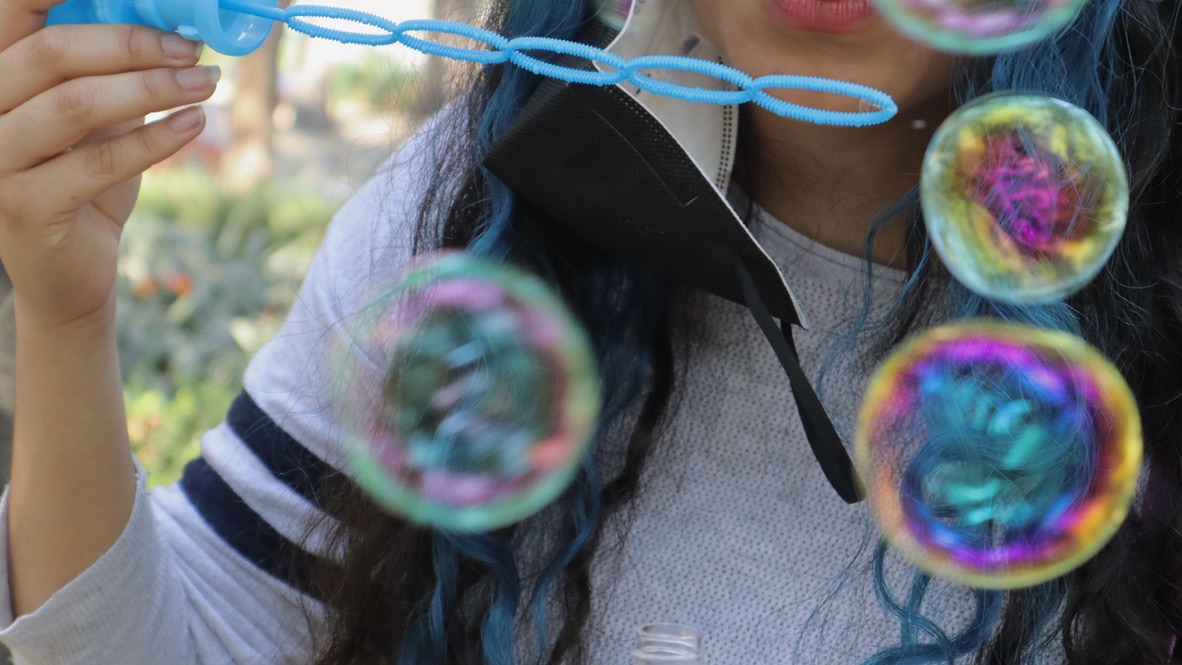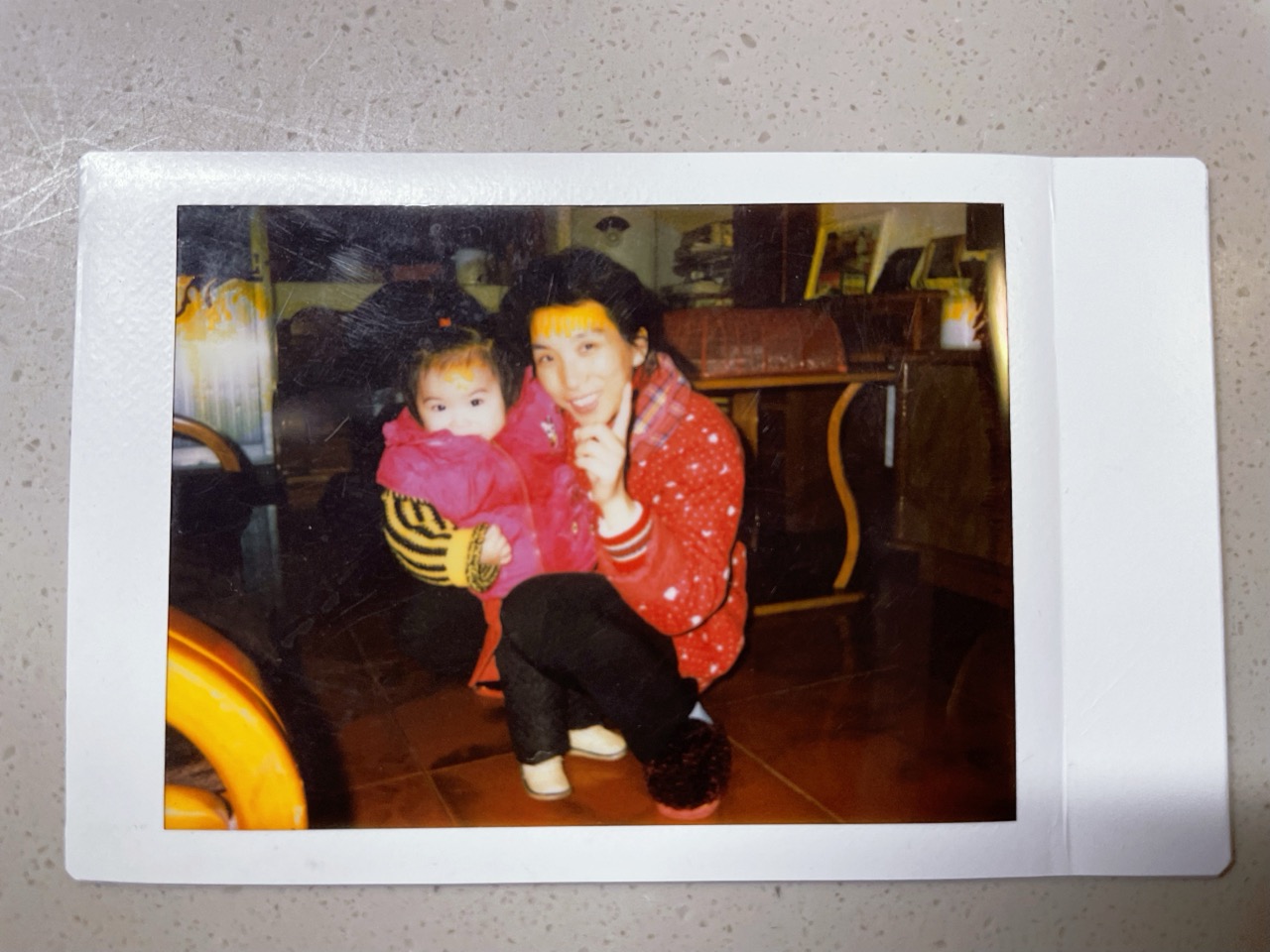Recently I’ve been reading a book called life in three dimensions. ちなみに、it is definitely worth reading. The Author proposed a new concept in the book, “psychologically rich life”. According to him, a psychologically rich life is a life filled with diverse, unusual, interesting experiences that change your perspective; a life with twists and turns; a dramatic, eventful life instead of a simple and straightforward one; a life with multiplicity and complexity; a life with lots of stops, detours, and turning points; a life that feels like a long, winding hike rather than many laps of the same racing circuit. This reminds me of a quote from mit “A well-designed life is a life that’s generative – it is constantly creative, productive, changing, evolving, and there is always the possibility of surprise.” I found myself quite relatable to many of the ideas in the book. Anyways, highly recommend it.
Last Friday, several of Keith’s potential capstone students gave us a presentation based on a paper from Anthropic, which explored interpretations of hidden layers and attention mechanisms in transformer models using a toy example. The presentation was very inspiring. apparently the result has shown that when data is sparse, the representations within a non-linear neural network rely on computational structures (that is, patterns formed by groups of neurons firing together or their interconnected relationships); but when data is not sparse, each neuron represents a potential feature, and they are very specialized. This observation reminded me of an ongoing debate in cognitive neuroscience. Some researchers argue that during recognition and discrimination tasks, individual neurons correspond to specific features (e.g., certain neurons in the occipital lobe may be responsible for detecting orientation or brightness). But some employ graph theory to suggest that recognition and discrimination depend on the collective firing patterns of neurons and their interconnections, rather than on single neurons.
Turns out this kind of debate is unnecessary, instead, the representation method (individual neurons versus neuron patterns) likely depends on how frequently a feature is encountered. I had an aha moment back then. Interesting, at least we can tell that the brain operates as a non-linear model, as this phenomenon did not occur when the toy experiment omitted the ReLU activation function.
Well needless to say, last week to me was definitely a psychologically rich week. I fell into someone, hopefully i’ll get over it soon (and not gonna elaborate on that). I’m very glad that zixuan now comes to Abu Dhabi though, so that we get the chance to have dinner together from time to time. We went to Ting Irie, a jamaica restaurant at mamsha beach on Saturday night. The weather was perfect, and the food was amazing. The ocean breeze gently blew as we sat outside, accompanied by jazz music and the comforting white noise of people chatting around us. We enjoyed delicious grilled meat, rice, vegetables, and mushrooms. At that moment, all the week’s stress felt completely worthwhile. Honestly, I didn’t expect the food to be that good, and the atmosphere was fantastic.
We talked a lot, mostly about food. Zixuan shared his food philosophy, describing cooking as a blend of theory and practice, with Chinese cuisine in particular requiring significant experiential learning/empirical studies. He explained the traditional way of eating 羊肉泡馍, the origins of biang biang 面, and how 臭鳜鱼 came about because ancient China’s vast territories and poor transportation necessitated heavy salting for fish preservation. He also gave insights into grilling steaks. Basically if you aim for medium, remove the steak as soon as myoglobin appears; if you start smelling a hint of aroma, it’s already heading towards medium-well. Using a thermometer is another effective way to gauge when to take the steak off the heat. According to him, after extensive experimentation, one can master this method. In some ways, Zixuan is truly a steak-grilling master. For him, cooking is probably as fascinating as chemistry experiments; he talked about osmosis. I picked up many quirky, interesting facts. It’s true that 三人行必有我师焉(in our case, just two).
I’ve never really paid attention to food before. When traveling, I always treated food and accommodation casually, like just grabbing bread or fast food was enough. But this attitude changed after meeting Allen. Allen has always been passionate about food; for him, eating well is essential when exploring a new country. He loves trying and discovering different cuisines and often invites friends over to enjoy his culinary experiments. When traveling, he prefers fine dining. During our trips to Zagreb, Ljubljana, and Venice, we explored a variety of cuisines and ate incredibly well. It was the first time I’d spent so much money on meals while traveling, but I found it absolutely worth it. This experience deeply made me realize how significant food culture is. Understanding a country’s culture involves more than just appreciating architecture, history, people, and nature; cuisine is also a crucial component, something I hadn’t fully recognized before. I’m grateful to Allen for opening my eyes to this.
That’s all for this week :).



